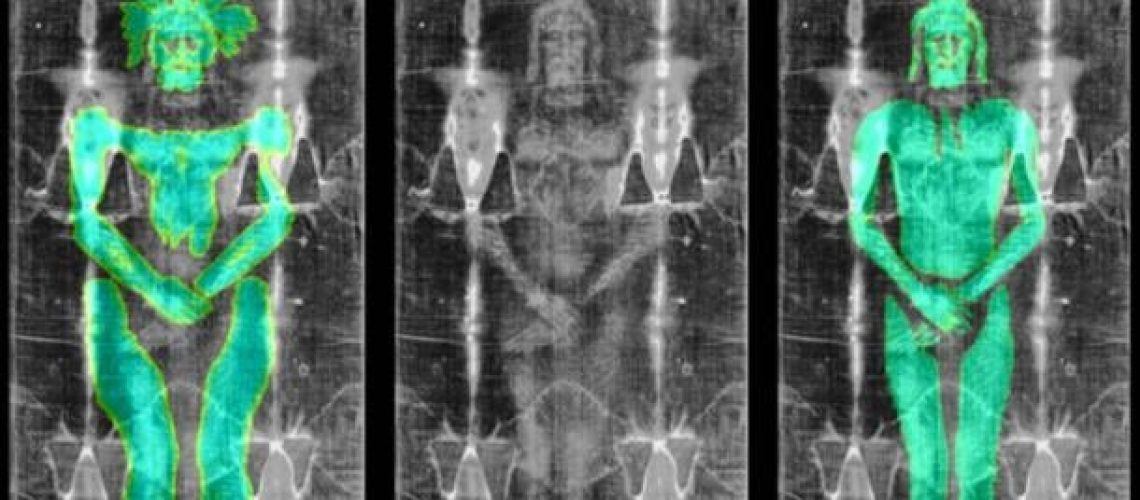
A fascinating 3D modeling study has provided compelling evidence that the enigmatic Shroud of Turin was created using a low-relief sculpture rather than a human body. This revolutionary research challenges centuries of debate surrounding the mysterious linen cloth that bears the image of a crucified man.
The study, published in Archaeometry, employs advanced digital modeling techniques to demonstrate that the proportions and characteristics of the shroud’s image are consistent with medieval artistic practices rather than direct contact with a corpse. Brazilian researcher Cicero Moraes utilized sophisticated software including MakeHuman, Blender, and CloudCompare to create two distinct digital models for comparison.
The Agamemnon Mask Effect Explained
The research reveals a fascinating phenomenon known as the “Agamemnon Mask effect,” named after the famous gold funerary mask discovered at Mycenae, Phys.org has reported. When a three-dimensional object is wrapped with fabric, the resulting imprint becomes distorted and significantly wider than the original form. Moraes discovered that wrapping a realistic 3D human model produced an image that appeared “widened and distorted,” unlike the proportionally accurate image seen on the Shroud of Turin.


